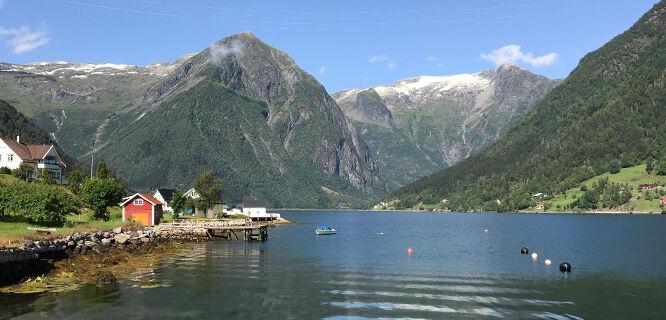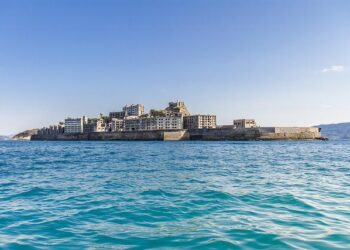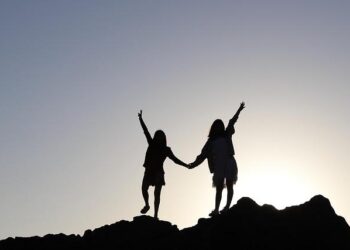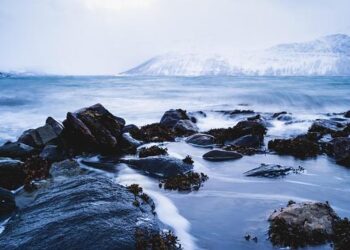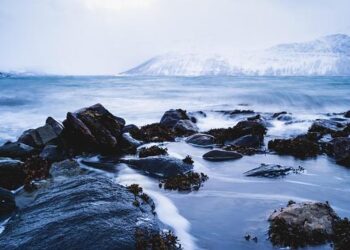As international travel gradually resumes, Norway remains a top destination for adventurers and culture enthusiasts alike. However, visitors planning a trip to this Scandinavian nation should stay informed about the latest travel guidelines and safety recommendations. Smartraveller, a trusted source for global travel advisories, offers updated insights to help travelers navigate Norway’s unique landscape, weather conditions, and local regulations. This article provides an essential overview of the current travel advice and safety tips for those looking to explore Norway’s fjords, cities, and wilderness with confidence.
Travel Safety Tips for Norway’s Remote and Urban Areas
Whether navigating Norway’s bustling cities or venturing into its serene wilderness, maintaining awareness is crucial for a safe experience. In urban areas like Oslo and Bergen, keep an eye on your belongings, particularly in crowded public spaces and on public transport. Avoid displaying valuables openly, and use well-lit, populated routes when exploring at night. Public emergency numbers, such as 112 for police and 113 for medical emergencies, are readily accessible and should be saved on your phone before arrival. Additionally, familiarize yourself with local customs and regulations to avoid misunderstandings, especially concerning alcohol consumption and public behavior.
In contrast, traveling through Norway’s remote regions demands preparation tailored to its rugged landscapes and variable weather. Always inform someone of your itinerary and expected return time before heading into wilderness areas. Pack essentials including a map, compass, weather-appropriate clothing, and a first aid kit. Mobile coverage can be limited, so renting a satellite phone or GPS tracker is recommended for extended trips. Seasonal hazards like avalanches in winter or sudden river swells during spring require particular caution. The table below summarizes key safety gear and advice for each environment.
| Area | Essential Tips | Recommended Gear |
|---|---|---|
| Urban |
| Secure backpack, smartphone, personal ID |
| Remote |
| Map, compass/GPS, first aid kit, weather gear |
Navigating Norway’s Weather Challenges for a Secure Journey
Travelers venturing into Norway should prepare for its famously unpredictable weather, which can shift rapidly from bright sunshine to heavy rain or sudden snow, even during summer months. To ensure a secure journey, always check local forecasts updated by the Norwegian Meteorological Institute and pack versatile clothing suitable for layering. Carrying waterproof gear, sturdy footwear, and thermal wear is essential, especially if visiting mountainous regions or planning outdoor activities like hiking or fjord cruises.
Key precautions to consider:
- Monitor weather alerts and warnings via official apps and websites.
- Inform someone about your route and expected return time when trekking.
- Carry a fully charged mobile phone and a portable power bank.
- Be aware that short daylight hours in autumn and winter necessitate planning trips during daylight.
| Season | Weather Characteristics | Recommended Gear |
|---|---|---|
| Winter (Dec-Feb) | Heavy snow, sub-zero temperatures, limited daylight | Insulated jackets, snow boots, thermal layers |
| Spring (Mar-May) | Mild with sudden showers, thawing snow | Waterproof shell, fleece, waterproof shoes |
| Summer (Jun-Aug) | Warm days, frequent rain, occasional fog | Light raincoat, moisture-wicking clothes, walking shoes |
| Autumn (Sep-Nov) | Rainy, cooler, shorter daylight | Windproof jacket, warm layers, waterproof boots |
Essential Health Precautions and Emergency Contacts in Norway
Travelers should be aware that Norway boasts a high standard of healthcare, with modern facilities widely accessible across the country. However, it is advisable to carry comprehensive travel insurance that covers medical emergencies, as costs for private treatment can be significant. Vaccinations are generally not mandatory, but staying up to date with routine immunizations is recommended. During winter months, particular attention should be paid to frostbite and hypothermia risks when venturing outdoors. Additionally, drinking water in Norway is of excellent quality and safe to consume straight from the tap, but it’s wise to have access to bottled water during remote excursions.
In case of emergencies, the *universal European emergency number* 112 provides immediate access to police, fire, and ambulance services. For non-urgent medical advice, visitors can contact the Norwegian Health Directorate’s helpline at 116 117. Pharmacies are well-stocked and specialists are available in larger cities, but rural areas may have limited operating hours, so plan accordingly. Below is a quick reference table of essential emergency contacts every traveler should keep handy:
| Service | Number | Notes |
|---|---|---|
| Emergency Services (Police, Fire, Ambulance) | 112 | Immediate response |
| Non-Urgent Medical Help | 116 117 | Health advice line |
| Poison Control Center | 22 59 13 00 | Specialist consultation |
| Tourist Police (Oslo) | 22 66 90 50 | Assistance for travelers |
Final Thoughts
In conclusion, travelers considering a visit to Norway can look forward to a rewarding experience marked by stunning natural beauty and a high standard of safety. However, as Smartraveller emphasizes, staying informed about local conditions, weather variations, and regional advisories remains crucial. By adhering to recommended precautions and respecting the environment, visitors can ensure a secure and enjoyable journey through Norway’s diverse landscapes. Staying updated through official sources is key to navigating any unexpected challenges and making the most of what this Scandinavian destination has to offer.


